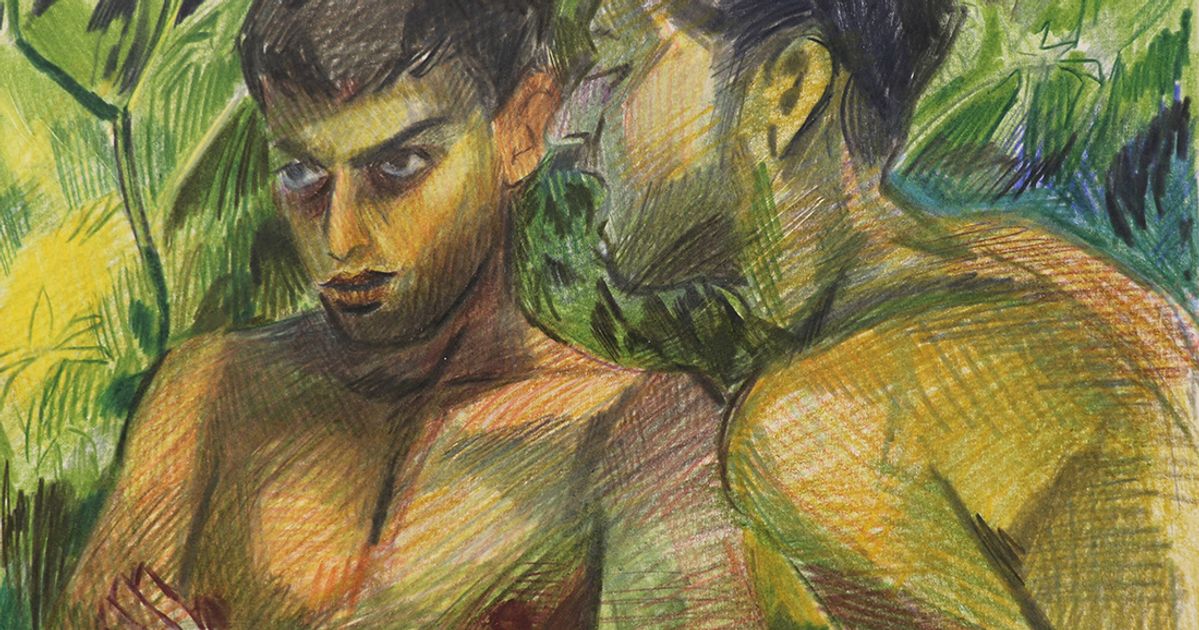
More than ever, I crave new art in the new year. So much was denied to us, or postponed in its delivery, by the necessary measures taken by museums and galleries to combat Covid-19. But at the end of 2020, I realised that the year was bookended for me by superb encounters with new art: a remarkable video installation by Imran Perretta (the destructors) at the Chisenhale Gallery and the latest dazzling paintings by Lynette Yiadom-Boakye at Tate Britain.
Despite those two highlights, I realise now how much I missed regular contact with the latest work—witnessing emergent forces, seeing artists flourish—as institutions trimmed programmes or kept their doors mostly closed. But as I write, talk of vaccines dominates the airwaves and social media, and a return to fresh encounters seems possible.
Adding to my optimism, some of the UK’s rhythmic moments for contact with new—and sometimes newly invigorated—artists are on the immediate horizon. Bloomberg New Contemporaries, the annual survey of UK art students and recent graduates, selected by three artists, has been a fixture of the British art calendar for decades. It tours to different venues across the country before being shown in London—until recently at the ICA and due to open at the South London Gallery next month. It is inevitably uneven, yet sparks of youthful energy make it essential viewing.
In 2020, it was forced online, and two venues were unable to host the exhibition. Its London incarnation is due to open next month (13 January-7 March), though this will depend on coronavirus restrictions. Even the online presentations suggest exciting talent: the painter Jake Grewal’s knowing exoticism, partly informed by his own South Asian background but clearly evoking historic Romanticism, is yet another example of figuration’s current potency.
Meanwhile, the biennial Artes Mundi prize, arguably the most consistent art award in terms of its quality, is due to arrive—delayed by the virus—at three venues in Cardiff in February, and again offers a stellar list (13 February-6 June). Among the shortlisted artists is Prabhakar Pachpute, based in Pune, India, whose drawings using charcoal consciously evoke his family’s history as mine workers, but reflect on global concerns about labour and exploitation, set within landscapes that recall the barren dreamscapes of Surrealist painting.
The venues for Artes Mundi include Chapter and g39, two non-profit spaces that form part of a global network that is the lifeblood of artist communities. Many of these forums for new art are so reliably excellent that, as a visitor, I became almost complacent. The events of 2020 reinforced their precarity and vitality and taught us to treasure them. Take the Chisenhale, consistently London’s most reliable bellwether for art’s direction of travel, where I have come across numerous, now firmly established, artists for the first time. The gallery’s director, Zoé Whitley—who arrived in March, just as lockdown began, after spells at Tate Modern and the Hayward Gallery—will at last put her stamp on the programme and hopes to add to its illustrious avant-garde history, beginning with the Chinese artist Yu Ji next month. Whitley’s track record suggests that exciting discoveries of emerging artists await. Never again will I take the privilege of those encounters for granted.
*All events mentioned are subject to Covid-19 restrictions—please check times and dates accordingly.
Source link : https://www.theartnewspaper.com/comment/in-with-the-new












